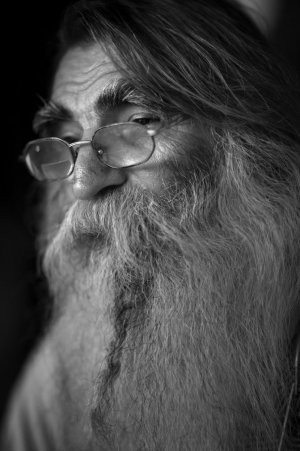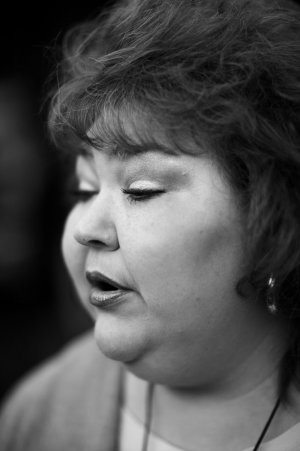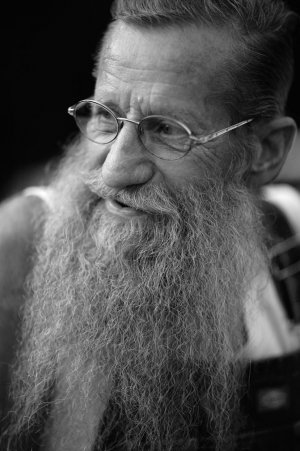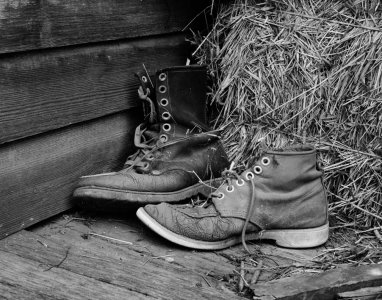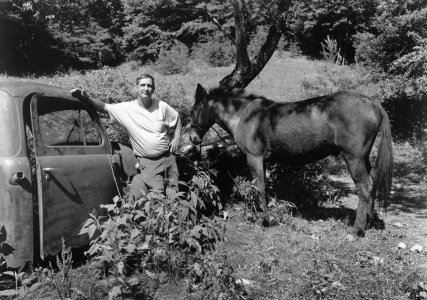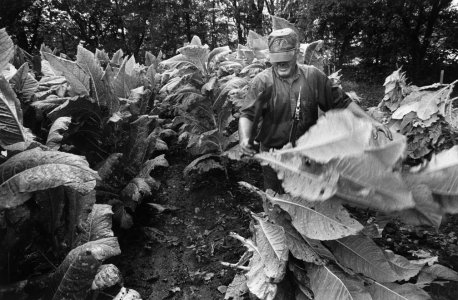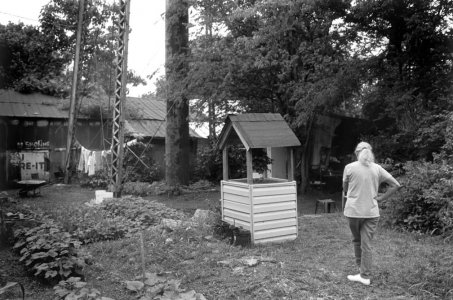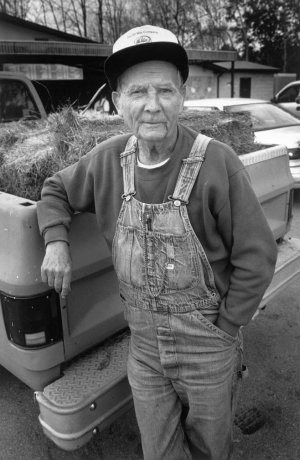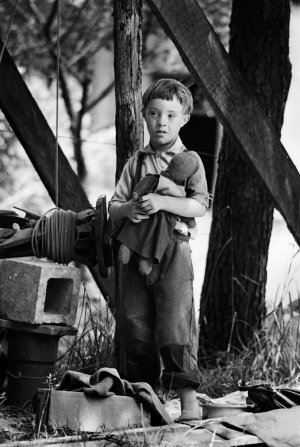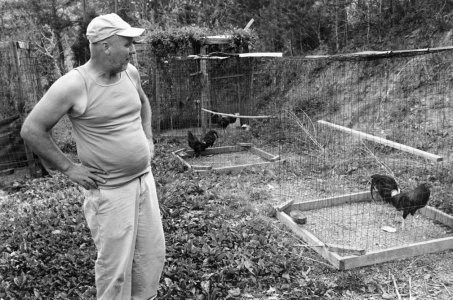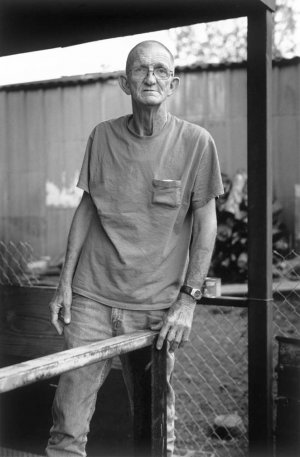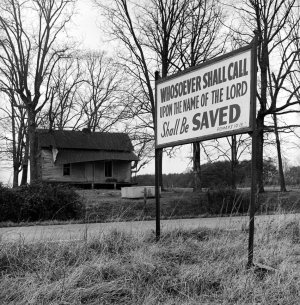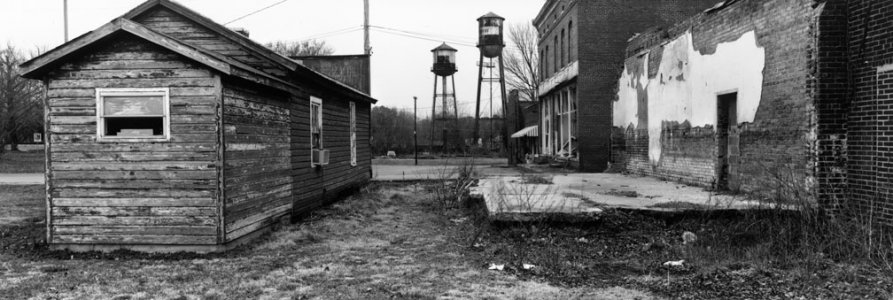X-Ray, these are remarkable images. I noticed a consistency of exposure between outdoor and indoor images, can you tell us a little about the technical aspects, like camera, your metering method, film used and flash? Thank you.
Thanks Joe!
Without looking back and seeing what I posted I think everything was available light with two exceptions. The klansmen on horseback needed a tiny bit of fill light as did the two klansmen at the swastika burning. I don’t remember the strobe but it would have been something like a vivitar 283. Both times I was using a Leica M and it was so dark I barely could focus.
The secret to consistency is understanding light and shadows and how your meter responds and works and how film responds to light and processing. You have to detach your eye from your brain and ignore what your brain tells you you’re seeing and see what’s there in reality. Your brain tries to trick you.
The response film has to different types of light is different from your eye. Learn how your film responds to light and shadows and how your developer and different development times influence the end result.
Metering is critical. Meters think the universe is 18% reflectance. On average it is but individual situations may not be and elements like a light source in the photo will fool your meter.
Being consistent in what camera, film, developer and meter that you use will go a long way in the learning process. Pick you camera, film, developer and meter and stick with that system until you learn how to use it properly. Don’t jump around constantly because adding variables will only make learning more difficult.
Over my career I’ve used a lot of equipment but seem to always return to my roots. When I look back 55 years I realize that no piece of equipment ever made me or my images better. There are no magic bullets, it all comes down to the photographer.
For most of 55 years I’ve used Leica M cameras, Nikon F & F2’s with manual focus non AI or AI lenses, Rollei TLR, Rollei SL66’s and lenses (now Hasselblad due to digital limitations on the Rollei) and view cameras (Deardorff, Sinar Norma, Linhof and Canham) in 2x3 up to 11x14.
I’ve gone full circle with my Leica lenses. I started in 1968 with my first M2 and lenses of the time and “upgraded” as new lenses came out. When I got to the current crop of glass I realized I hated the look and sold them and went back to essentially the same kit I had in 1968. I like the images from those lenses better that anything I owned in later years especially the new ones. I carry an M2, M4-P and MP with 21mm f3.4 SA, 35 Summicron 8 element v1, 5cm rigid Summicron, 75 Summilux and 90 f2 Summicron from the 70’s.
My nikon kit is an F and F2 with a 7.5mm fisheye, 16 f3.5 fisheye, 20 3.5 UD, 24 2.8 non AI (2nd generation), 35 f2.8, 50 f1.4, 85 f1.8 1st generation, 105 f2.5 ( sonnar ). I have a 200 f 4 and 300 f4.5 also but rarely use those.
I use a Weston Master V, Weston Ranger 9, Pentax 1 degee digital meter and a couple of Minolta IV meters. When using my Leicas I use an MR-4 meter on the M4-P and M2 and internal meter in the MP.
The photos I posted were shot with a mix from Leica to Pentax 6x7, Rollei SL66, Hasselblad, Nikon, Canon and Rollei 3003’s.
Basically any camera made in the past 70 years or so will do an equally good job. It just comes down to sticking with one system and learning how to use it.


